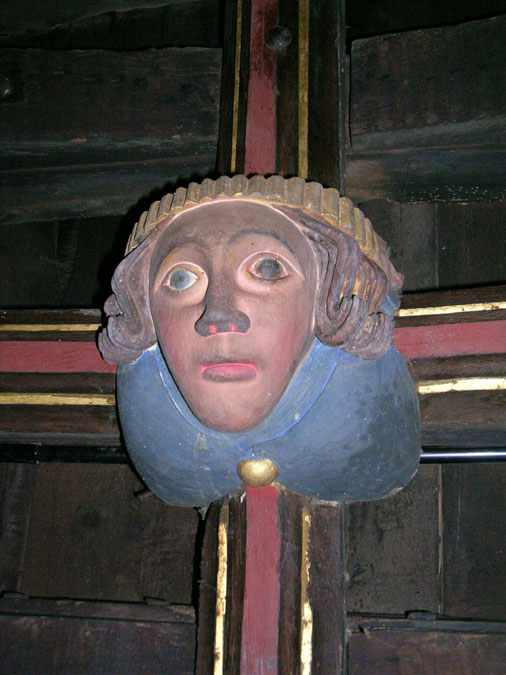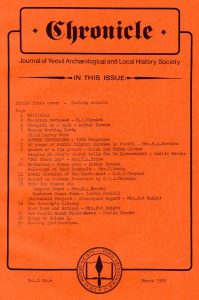This article came from Chronicle published March 1981. Page:10
Re-tracing a Roman road
Author: Arthur Denner
Thirteen years ago my son and a friend, then both pupils at Sexeys School, Bruton, spent a week-end walking the route of the Roman road from Dorchester to Salisbury. On his return to England on holiday in July last year, he thought it would be interesting to find how many traces of the road had disappeared since 1967, and persuaded me to accompany him on a short walk in Roman Dorset.
We drove eastwards out of Dorchester on the A35, turning right after about half a mile on to the secondary road to Stinsford and Tancleton. According to the Ordnance Survey One Inch map, Sheet 178, the Romani crossed the Higher Rockhampton Lane at Ref.723918. In 1967 there were distinct traces of what appeared to be a dual raised trackway at this point, but growing crops made it impossible to see if these traces still exist.
The route of the road then crossed Puddleton Heath to the south of Hardy’s birthplace, and over what is now Forestry Commission land, So much planting of trees had been carried out during the last forty years that it is doubtful that any traces of the Roman route can now be discerned. We therefore drove on to Tolpuddle, from whence the route of the road can be followed across open fields for several miles. On the Dorchester side of the inn a lane goes north, and having followed this for about a quarter of a mile saw a bridle path sign on the right hand side. According to the map this path seems to follow the road fairly accurately and continues past several tumuli to Ashley Barn Farm, which is on the second class road leading north to Milborne St.Andrew. Looking towards the village we could see the earthworks of Weatherby Castle about half a mile away and several tumuli undisturbed by the plough. On the other side of the road several farm tracks. and paths appear to follow the line of the old road, but on Bere Down, 846970, a lane leading into Winterborne Kingston picks up the direst line. At this point we called a halt, as I had done enough walking for one day.
In any case the map is rather vague about the route taken by the road after this point, it may have led to Badbury Rings or Spetisbury Rings or both. There are traces of many old tracks around, some probably prehistoric, as from the number of tumuli, barrows and earthworks, the area must have been quite heavily populated in early times. I think the best time to explore the area would be in Spring before the crops grow, or perhaps even better, in Autumn if we have had a dry summer.

